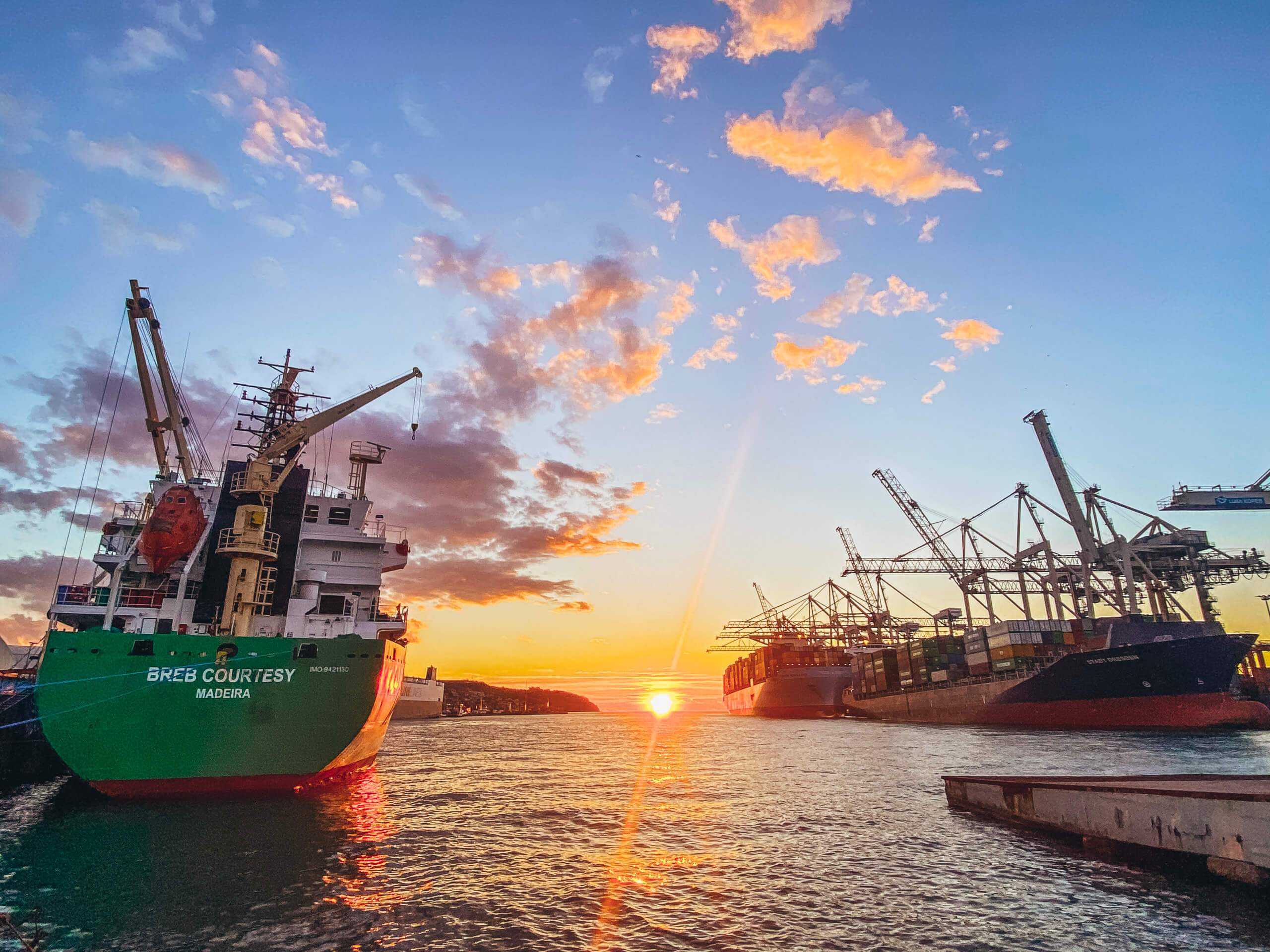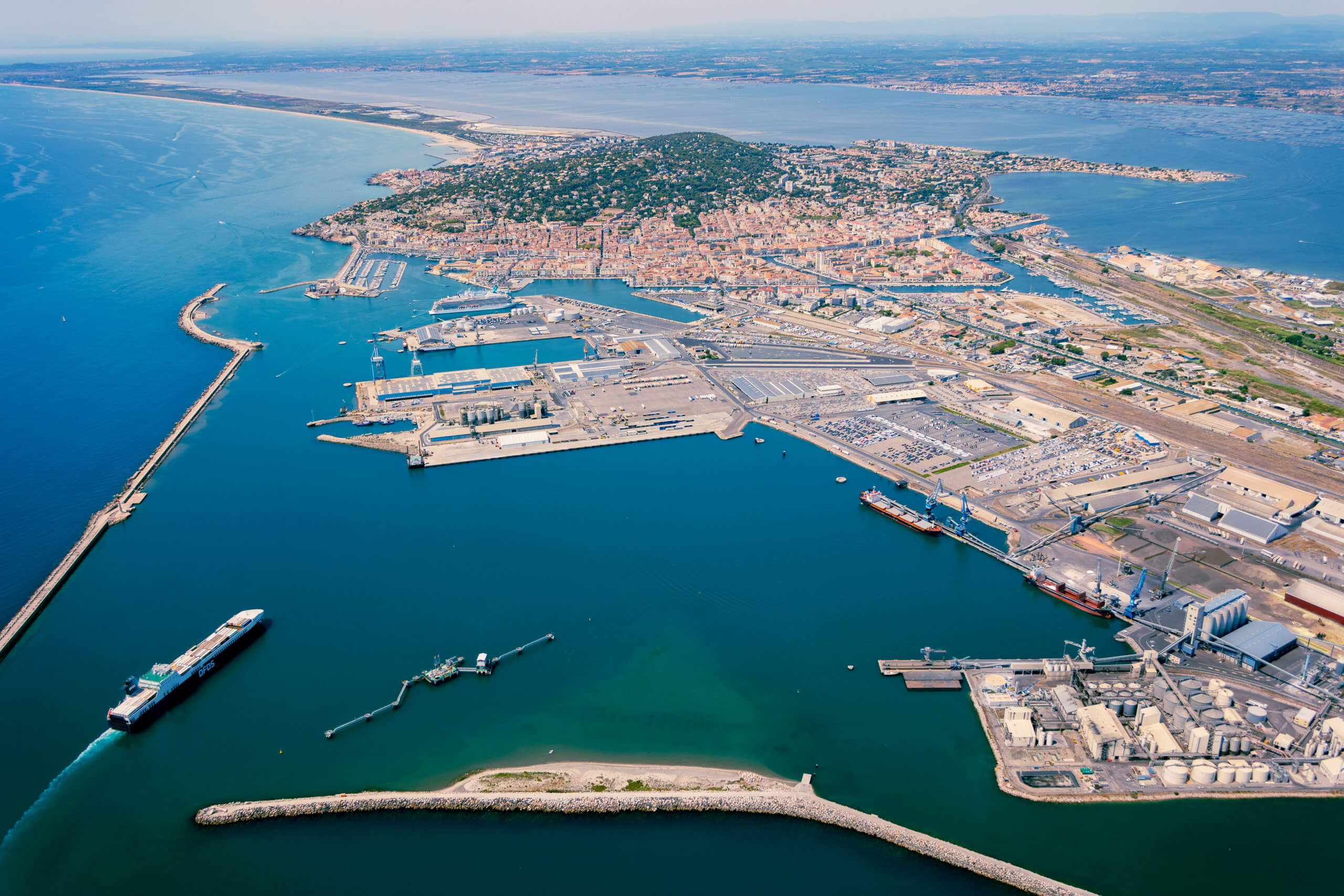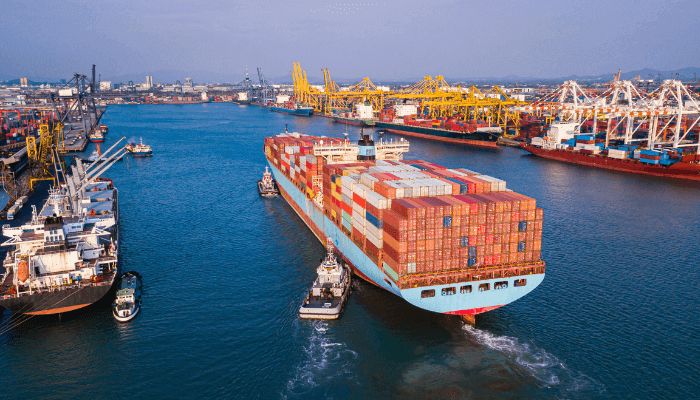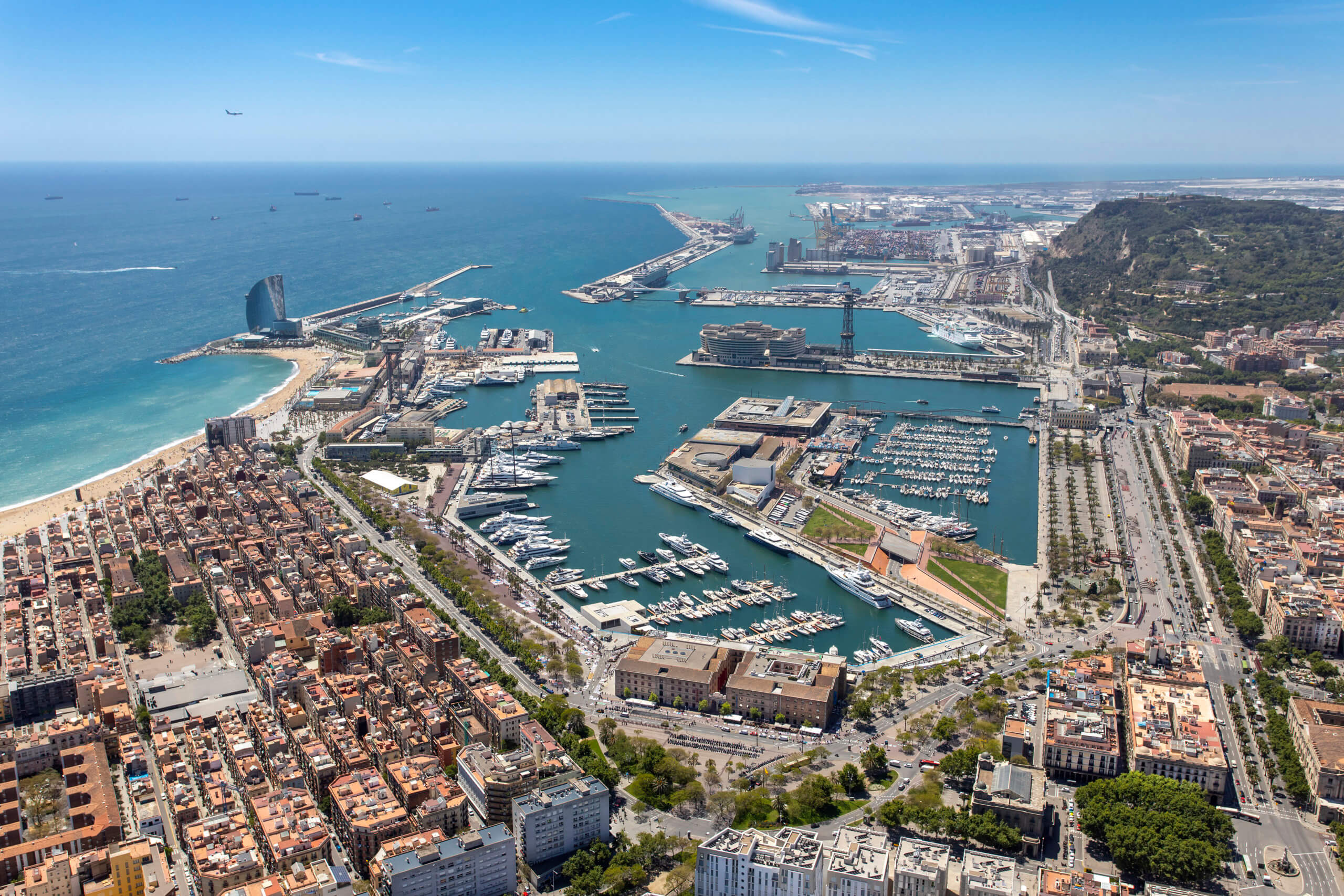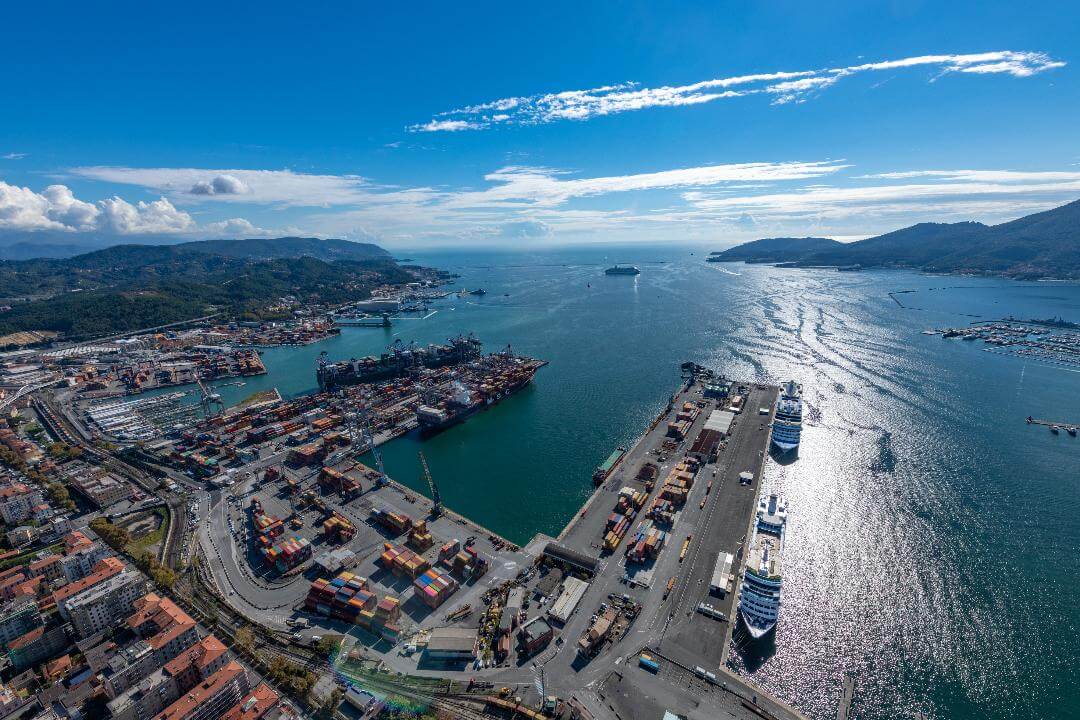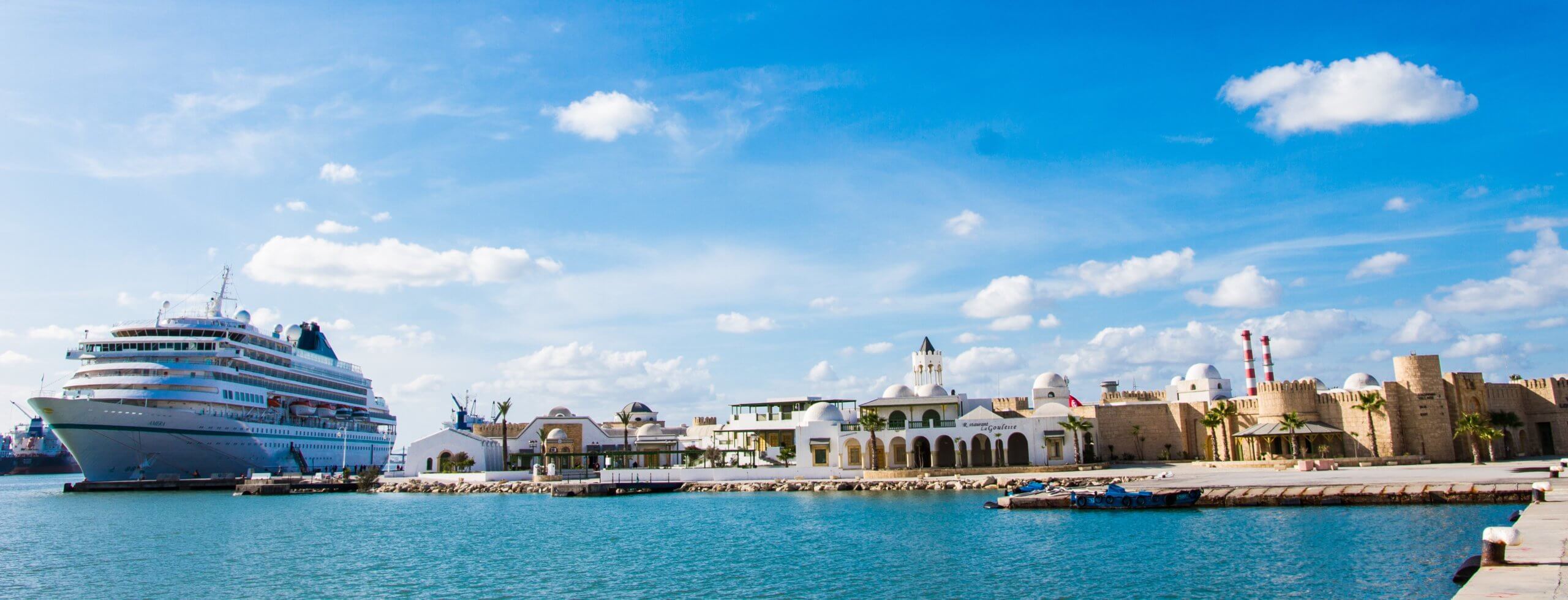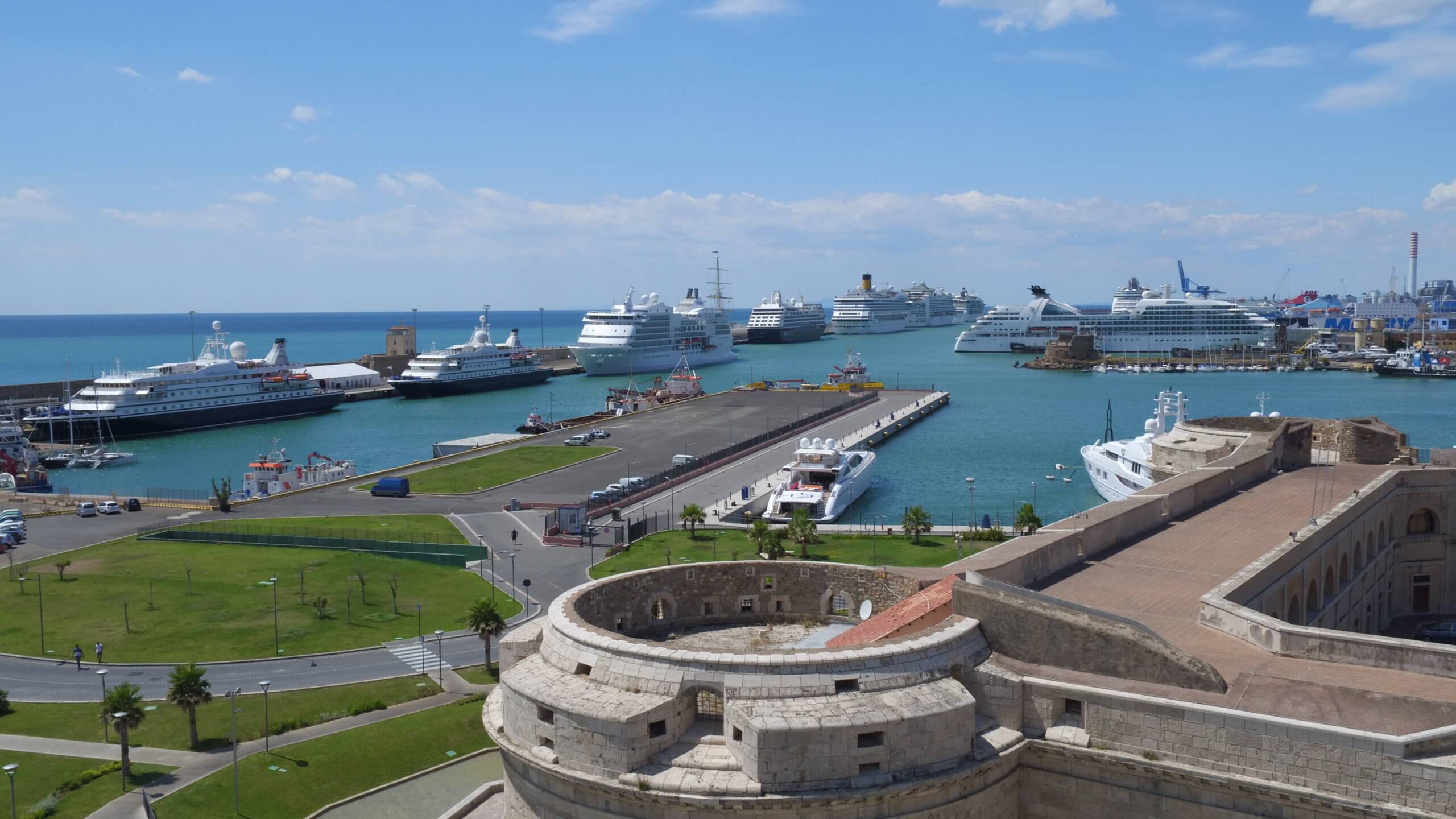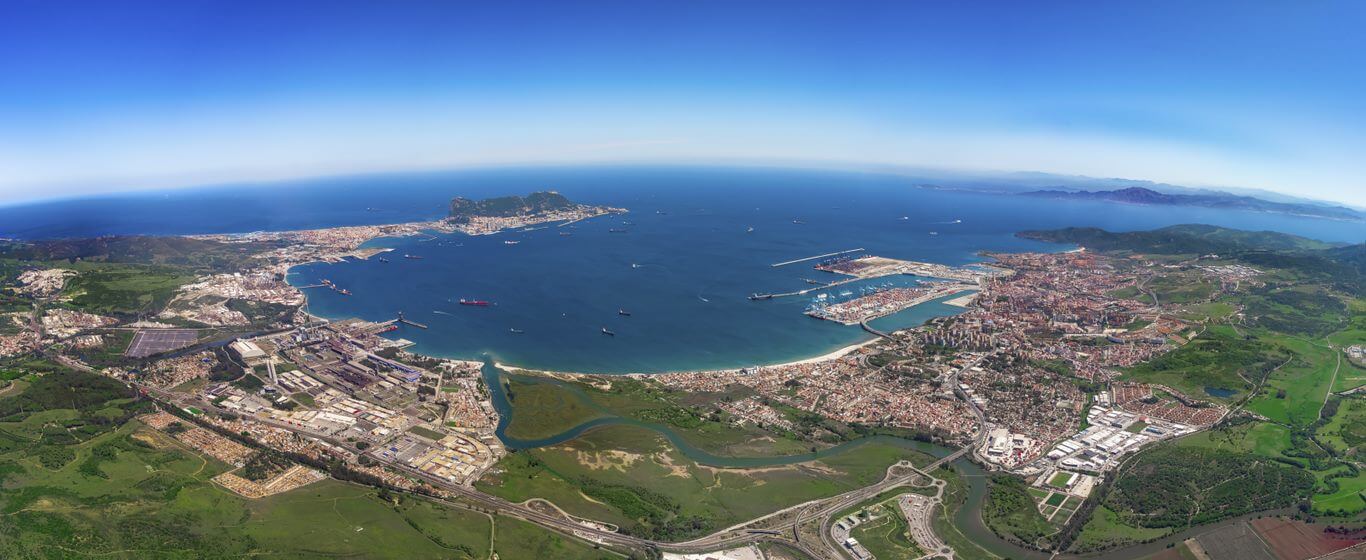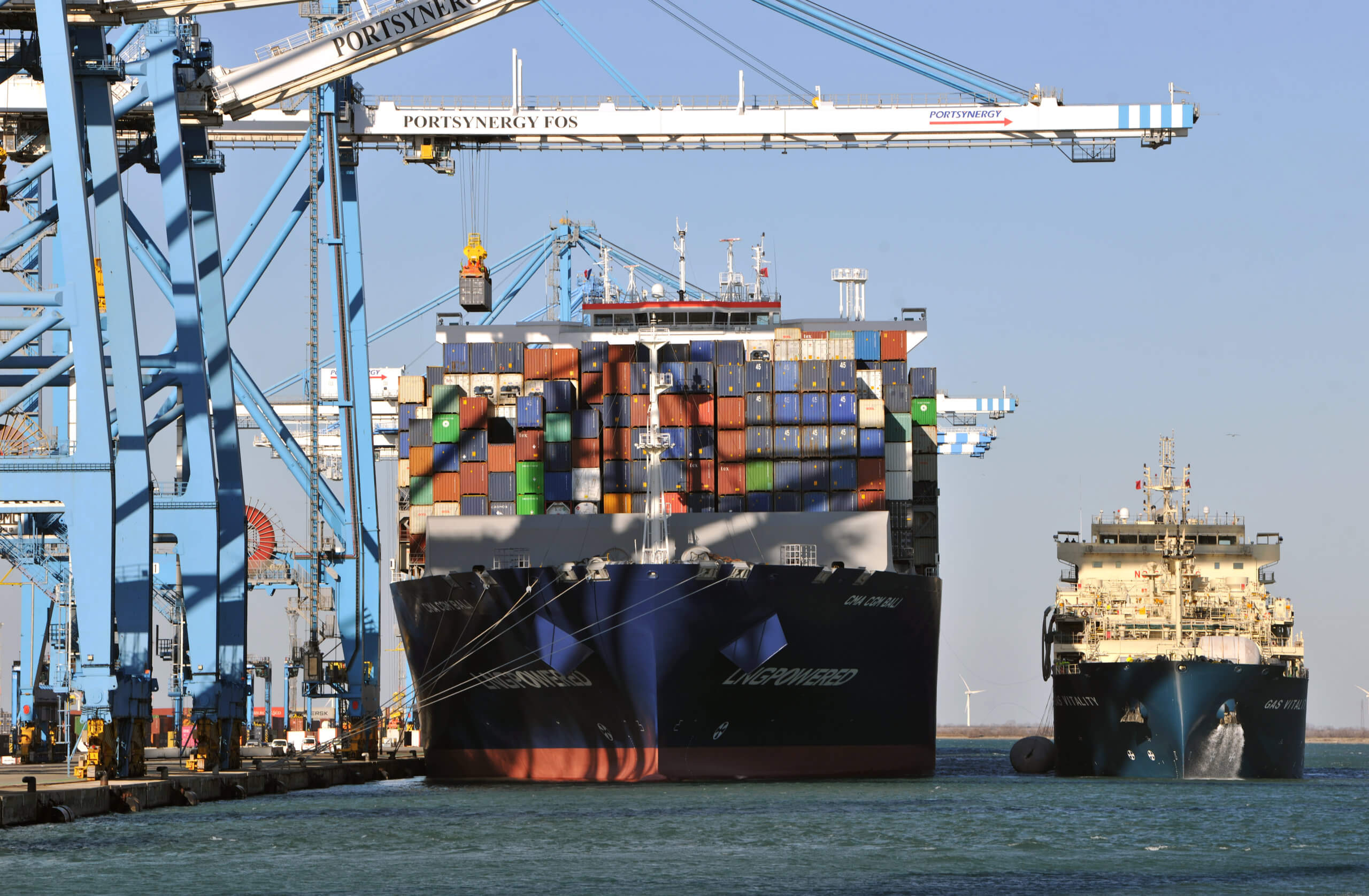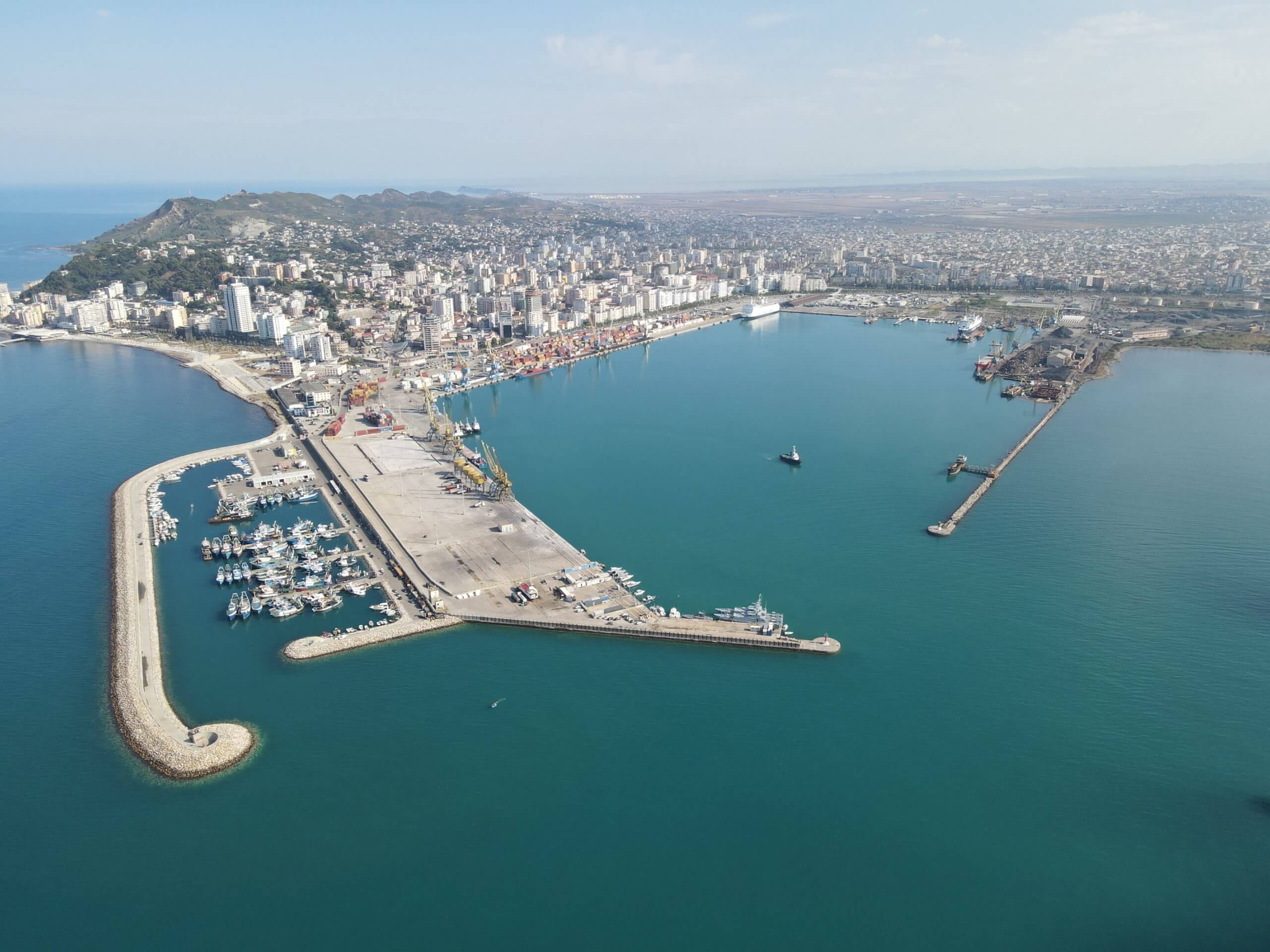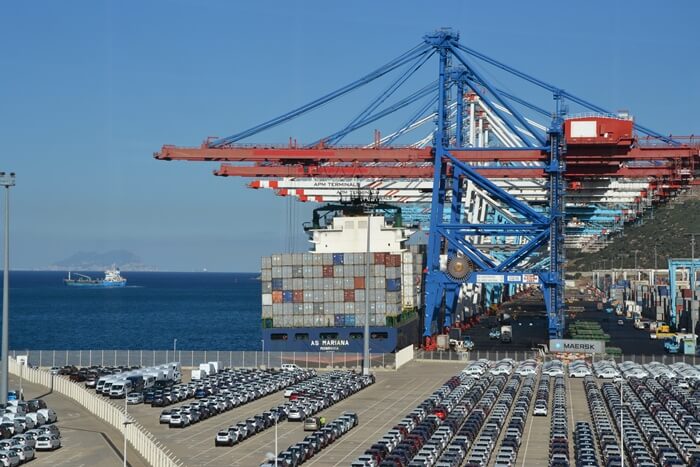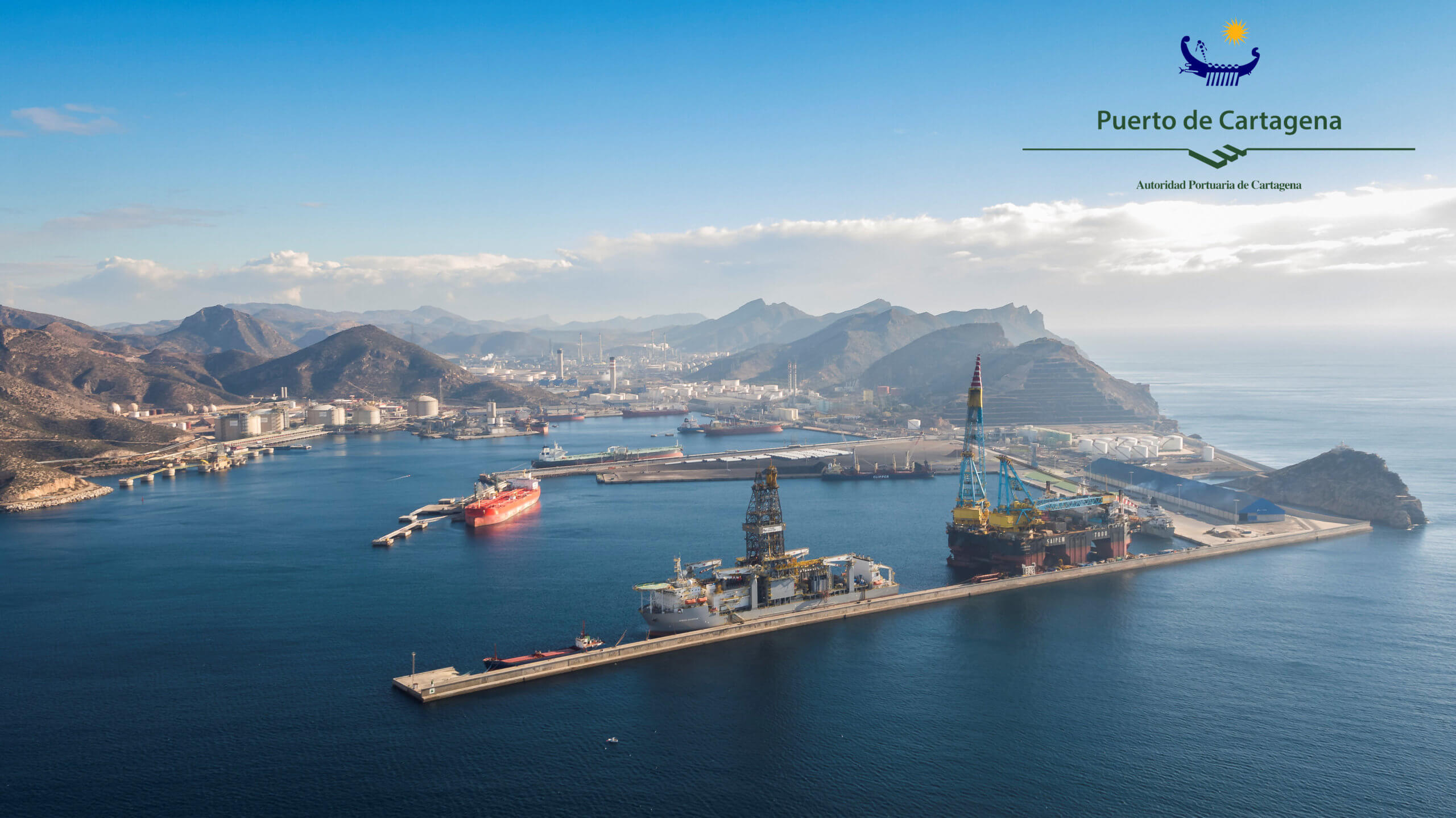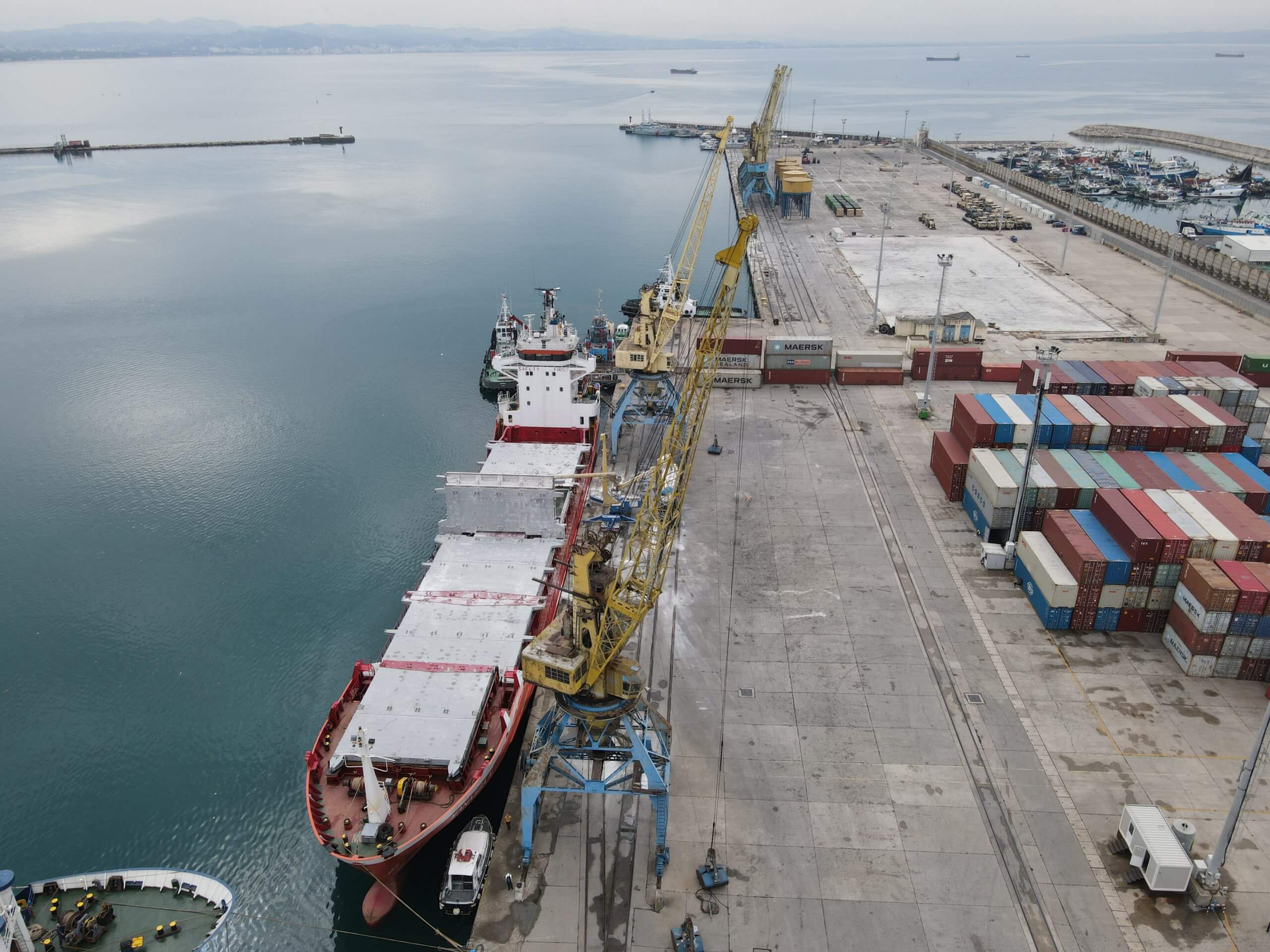MED MOSAIC
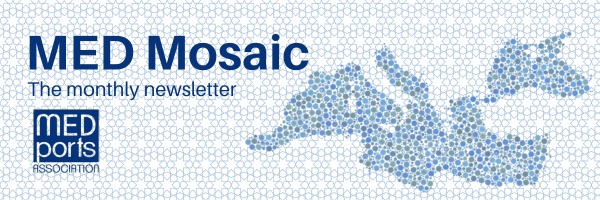
Issue 1
HOT SEAT: Spotlight on the Mediterranean
Interview with Pino Musolino – President of the Port System Authority of the Central Northern Tyrrhenian Sea and of the MEDPorts Association
- What are the main challenges facing Mediterranean ports in terms of adaptation to climate change and mitigation of its impacts by 2030?
Climate change is a problem that’s affecting everybody. It’s not just a problem that’s affecting ports, or cities or regional governments. It’s a problem that we can either fix together as a society, or we don’t fix at all. There’s no such thing as an individual answer to climate change. You can have individual responsibilities, but the overall answer to the problem needs to be global. The Mediterranean is one of the areas that, probably will be affected the most by climate change if water levels continue to increase or if the ice in the polar regions continues to melt. We should already have developed a clear strategy, which contemplates maritime spatial planning, land and marsh area preservations, and so on. Unfortunately, this hasn’t been done yet. Currently there is an effort being made by the European Union – by the Maritime Spatial Planning Platform – which will be enforced in the coming years, but unfortunately, I believe that this is too little too late. We still need to invest in more research. We need to think differently about how we can mitigate the effects of climate change in our territories by adopting more innovative and technological solutions, and how we can do so by being more courageous. We need to be brave. We need to invest more. We need to think more. We need to think out of the box.
- What are the most effective strategies to ensure the environmental sustainability of Mediterranean ports and reduce their carbon footprint over the next decade? Will OPS systems be adopted?
At the moment, particularly when thinking about greenhouse gas emissions, I think that nobody has the proverbial silver bullet. There is no magic wand that can help us find the perfect solution. We are still in “terra incognita,” still searching for the best answer. Nobody knows exactly what will be enforced by the industry over the next two decades. This leaves us with the need to experiment. We have ammonia. We have methanol. LNG. Photovoltaic energy, wind power, energy from the waves, etc. These alternatives all have great potential. What we have adopted in Civitavecchia, for example, is a shotgun strategy so-to-speak. We are adopting various combinations of solutions. We are investing in many different initiatives. By doing this, we realise that if photovoltaics help us decrease our footprint by 3%, wave energy helps us save 7.%, etc, we help clean our air within our port and simultaneously help fund innovative research solutions without losing money in the long run. It’s strategy that has a wider lens, and it requires more than just one type of funding. The government alone cannot be expected to provide all the solutions. The private sector can’t take on that burden either. We need a strong cooperation of public-private partnerships, who can work with universities and research centres. This is not just a challenge for individuals or individual sectors. It’s a global challenge; it’s a common challenge; and it can only be won through common efforts.
- What are the challenges in terms of infrastructure and port capacity that Mediterranean ports will face over the next decade, considering the expected growth of maritime trade in the region? More ports or more efficient ports?
You can’t have like a “one size fits all” solution for infrastructure development in ports, as there are ports that are fully developed (we can use Barcelona, Marseille, or Piraeus as examples here), and there are some that are still developing – such as smaller mid-sized ports. This tells us that not all ports are faced with the same challenges. What can, and in my opinion should, be done universally is the smart assignation of land to port facilities. We shouldn’t use more soil than is necessary. Ports should reuse what has already been given to them, and through that mitigate any negative environmental impacts on coast lines or territories.
It is also important to remember that “infrastructuring” doesn’t necessarily mean “bigger is better”. I think that that was the model of the past. Using concrete and steel was the paradigm of building port facilities back then. We are still expanding infrastructures today, but we need to be wiser and more considerate in our expansion. Longer berths or bigger keys don’t necessarily equate with more efficiency or better performances. We need to plan better and into the future, while also taking national and international factors into account. We do not need multiple ports along a stretch of coast of 100 or 200 or 300km. Ports that are in each other’s vicinity don’t need to have the same specialisations, the same types of terminals, or the same operations. This is because an increase in what they offer that doesn’t match the market won’t bring optimal results. Moreover, we need to remember that some ports are specifically meant to serve their home industrial hinterland. The development of infrastructures should always be connected to what (or whom) the port is serving. For example, if you are a port with a hinterland that cannot optimally serve cruise passengers (or tourists), why do you need to have a cruise terminal in your port? Similarly, if you have a port that does not need to have containers distributed in its area, or you are connected to a hinterland that cannot process large containers loads, do you really need to have a container terminal? In my opinion, such planning results in a waste of funds and infrastructures. Decisions on such plans cannot be left to local port managers as, understandably, those actors will want their ports to be as big as possible. This should be decided on national and international levels instead, where the scope is wider and enforcement is greater, and therefore specialisation in the activities of ports is possible. This way we can end up with wiser, better, and more rationally developed infrastructures in our ports.
- What are the challenges related to digitalisation and the implementation of advanced technologies in Mediterranean ports from now until 2030, and how can they be addressed to improve port efficiency and competitiveness? A common platform or a common standardisation system?
The challenge that I see is not technological. It’s about informing people. We have technologies that already exist, and that are available – and yet we still lack people who can use them. And for longest time human resources hasn’t been seen as a resource in which ports should invest. This is now changing. To be prepared for the challenges that will come with technological advancements and innovations in the market in the coming years, we need to make sure that our women and men are trained to handle these technologies. This translates to ports investing more into active upskilling and reskilling – making existing workers and future workers apt and able to deal with these technological modernizations. The logistics sector unfortunately has a widespread “analphabetism” when it comes to digitisation and technologies, and I fear that very soon we will face a shortage of qualified people in the face of vast amounts of technologies that will be available in the blink of an eye.
- What are the main concerns and challenges in terms of safety and security of Mediterranean ports over the next decade, and how can port security measures be strengthened to address these threats?
Safety and security have always been a concern for ports, as ports are dangerous places. Ports are dangerous because they handle big products with big machines, which makes it easy to get hurt. Ports are also dangerous as they are natural gateways into (and out of) countries. This exposes our ports and territories to possible threats, and we need to find the right balance between safety, security, and performance to ensure optimal operations. Technological advances and research are helping us find that sweet spot. Things like face-recognitions, the possibility to geo-locate, cameras, etc. are all helping ports become safer and more secure. However, as I have stressed in the beginning, without funding, without the right innovation and research, and without cooperation between public and private sectors, we won’t be able to guarantee that our ports can be and will be safe and secure. Safety and security is a very risky field, as there is resistance among many actors to invest in it. But, as with many things in life, safety incidents happen that could have been prevented with available technological solutions, which brings regret.
It’s an investment that will doubtlessly bring in a return. It may happen only once, but that one time could completely change the future of that port territory. When we think about safety and security, we need a long-term perspective, without expectations of immediate return.
- With the increasing instability in geopolitics, how are ports planning to safeguard their operations and ensure the continuity of trade and commerce over the next decade? Are there any specific measures or strategies being implemented to mitigate potential disruptions and maintain the resilience of port activities?
This is a loaded question. Clearly ports, on their own, cannot fix geopolitical or geo-economic issues. This is a matter for governments or international agencies. But what I am sure of, as we have seen evidence of it throughout human history, is that no matter how unstable a particular geopolitical situation may be, and no matter how tough the international relationship is, trade continues. Humans always trade, even in times of war. I am from Venice, and in the past my city would trade with the Turks even when we were fighting with the Ottoman Empire.
Ports will always be hubs for trade and international relations – fuelled by motivations of money and interchanges. The added benefit of this is that once territories trade with each other, it is easier to get the two parties to sit around a table and search for a path towards peace. I would say that ports are a sort of lubricant. We make international trade possible and easier, and through that we can help ease geopolitical tensions. I can give you an example from MEDports. Currently we are working to start collaborating with our friends from the Black Sea. We have seen how important, geo-strategically, the Black Sea is, and we have realised that we need to work with them. As I said before – on the shoulders of trade and cultures, moves peace.
- Are there any plans or strategies in place to foster collaboration and partnerships with other ports in the Mediterranean region to enhance connectivity and facilitate trade flows?
Absolutely. That’s the reason why we made MEDports. It is our core business. It is the reason why created this forum – one that has a European side, a north African side, and a Middle Eastern side. We strive to be a neutral institution. We are not fully European, we’re not fully African, we’re not fully Middle-Eastern. We are a forum where everybody belongs (happily I might add). We are also looking to expand our influence and connections into the Black Sea and into other neighbouring areas. I heard somebody mention Jordan the other day. Somebody else suggested Mauritania (due to its historical connections).
Of course, we cannot consider the whole world as Mediterranean. But there is no denying that the aim of an association such as our own – one that groups ports together which are, by definition, internationally oriented structures – is to talk to as many people as possible and cooperate with as many realities as possible. So, to answer your question: We do have plans to increase and foster further cooperation with other Mediterranean ports, with other possible areas, and with other associations as much as we can. Our bottom line – our goal – is to create opportunities for common prosperities for ports and our territories.
- As you know, we are currently living through a time of incredible digitalisation in our industry. Can you tell us how the Mediterranean Ports are adapting their training approaches to equip staff with the necessary skills and knowledge to effectively navigate the digitization of port operations?
This is currently our biggest challenge. Collectively we are working on this. We have a lot of training courses – specialised trainings (within as well as beyond MEDports). We also have a lot of projects – for example the EU-funded YEP MED project – where we can train young people in the logistic business and in the use of new technologies, innovative warehousing systems, modern safety systems that are technologically advanced, etc. This helps us create a workforce that knows how to preserve the health of such procedures, and one that knows how to work more efficiently and with increased productivity. As I said previously, education is the key. Education is fundamental for allowing these innovations to perform effectively.
- How do you view the role of this newsletter in promoting the activities and projects of the associate ports of the Mediterranean, and what impact do you hope it will have in bringing these initiatives to the forefront?
First and foremost I want to stress that in 2023, if you don’t communicate what you do, you don’t exist. Even if we, as ports, think that we are doing a good job, but we don’t communicate it to anybody, we can say that we haven’t done anything at all. The first step is to spread the news of all the achievements of MEDports members, and of what the Association is doing itself. We need to emphasize our common heritage. The second step happens when our actors become aware of all of the things done by the Association. They realise the importance of the work being done and are more likely to get more inspired and involved. They may realise that they want to try to implement some of the solutions showcased in their port communities. They may also take advantage of the connections that MEDports creates between ports and contact colleagues at the other ports about the innovation that were promoted. This newsletter is a very powerful tool to help champion this –it can foster curiosity and cooperation and push us to go one step further in our drive towards Mediterranean excellence.
Finally, I think that the newsletter is important as it will help us communicate what we have done so far as an Association to the external world. This will give us more credibility and clout, which in turn we will be able to use to foster more cooperation and strengthen our position within and outside of the organisation.

